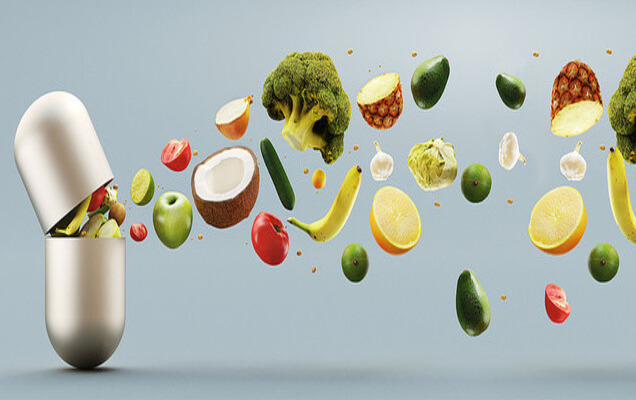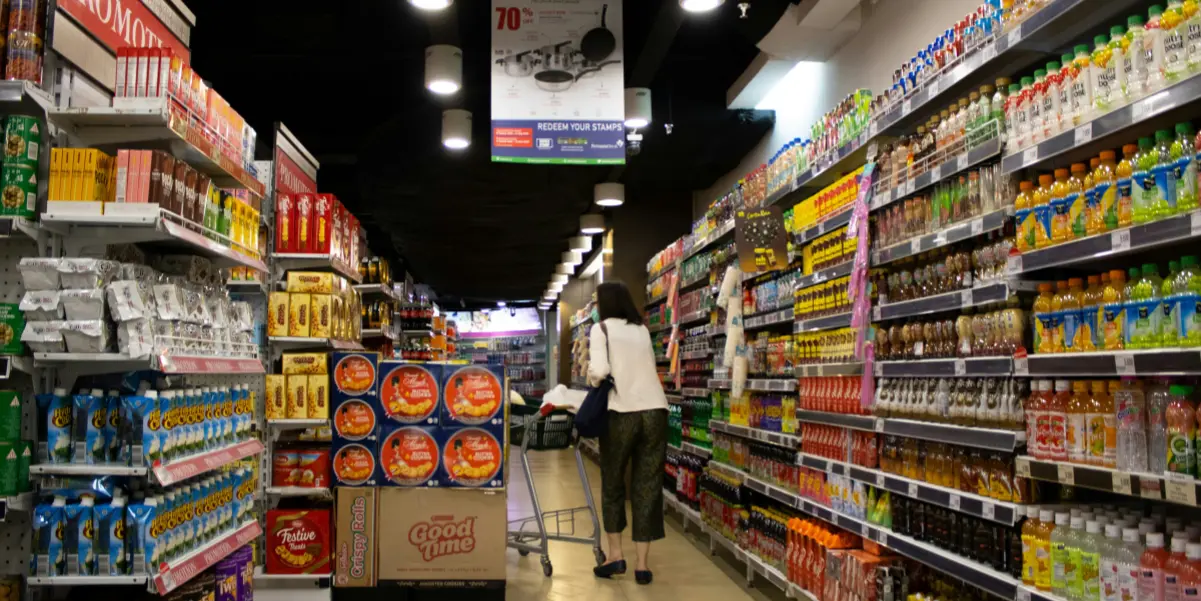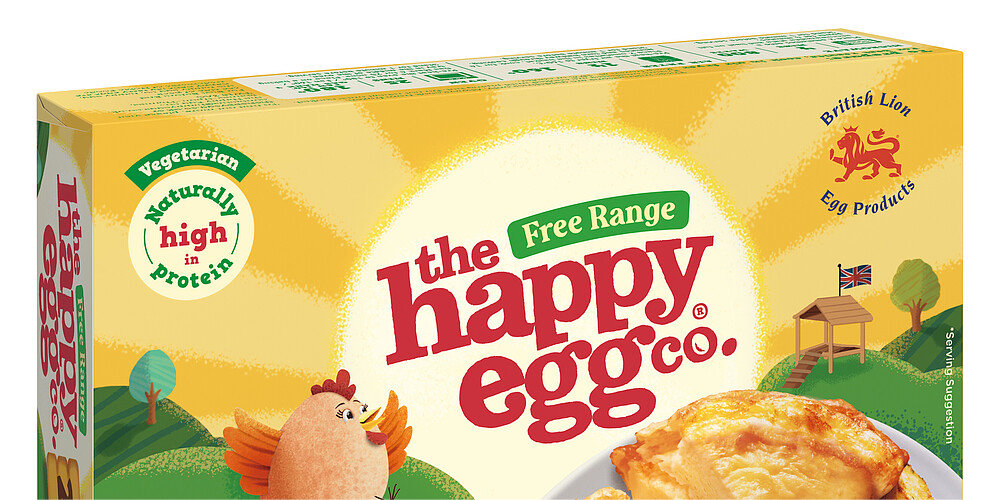Packaging Artwork and Labelling needs continuous adjustment to meet constantly changing market regulations.
Packaging Artwork and Labelling for food and beverage products, have to adhere to strict regulatory laws and guidelines. US (FDA) and EU food labelling legislation mandates what information must be displayed on primary packaging. With new regulations coming into force every year, the requirements on the food industry for packaging and labelling are only going to get stricter.
Creating a good piece of artwork for a food or beverage product therefore requires planning, attention to detail and skilful operation. The legal (regulatory) content of the food label has to be prominent and in balance with the general branding and communication of the product offering.
Pharmaceutical companies pay great attention to their artwork and labelling processes, striving tirelessly for right first-time accuracy and taking all opportunities to mitigate sources of error. The stakes are high, no artwork can be released which is inaccurate or misleading.
So, how can we improve the quality and accuracy of food packaging artwork too?
The main causes of errors on pharmaceutical packaging artwork have been identified as process gaps; lack of competence; inappropriate decision making; ambiguity; errors in source information; human and technology errors.1 Taking each of these in turn we discuss how these can apply to food and beverage artwork.
Process gaps and inconsistencies
The business process is incomplete or not adhered to. For example, artwork approval process is well managed but upstream pack copy authoring and approval is haphazard leading to content inaccuracy.
Lack of competence
Collaborators in the process do not have the necessary knowledge to carry out their tasks, meaning artwork reviewers are not sure of the areas they are required to check.
Inappropriate decision-making
Decisions are taken hastily or at the wrong level: artwork is accelerated through the process missing out control points and/or artwork is approved at risk owing to general mismanagement of the NPD process and shortened deadlines.
Ambiguity
Coming from unclear responsibilities and accountabilities. In some cases, too many people are potentially involved in an offline process, and the individual responsibility for certain actions is not clear e.g. who is responsible for the final ingredient declaration approval.
Errors in source information
This can be problems in content quality: incorrect ingredients, allergens, claims maybe due to content not being properly versioned. At the time of artwork preparation, the designer may not be sure to receive the final approved version of pack copy. This can be more prevalent if uncontrolled or multiple sources of information are used e.g. local copies of spreadsheets.
Human error
There will always be a risk of human error, especially in a process which contains many individual steps and a variety of different contributors. Assigning responsibilities and accountability for upstream content and robust artwork verification and approval processes are important to make sure any human error is spotted before artwork files are sent to print.
Technology errors
The packaging artwork process by necessity involves multiple technologies (graphic, multiple business systems), if technologies are not robust or controlled, some issues can occur like cut/paste errors, problems with fonts, problems with PDF creation.
We’re here to help!
4Pack can help food and beverage manufacturers, retailers and suppliers control these processes and mitigate these sources of error. This starts with upstream control of product and ingredient specifications:
4Pack specifications are version controlled and information can be collated from different sources, independently verified and then approved via a workflow. 4Pack eliminates requirements for specifications / information to be held offline in spreadsheets and enforces business process control and consistency.
When it comes to pack copy, 4Pack automation can remove potential sources of human error by automating creation of ingredients declaration statements, validating nutritional facts display and centralising allergen control.
4Pack translation helps to ensure zero errors in globalisation of pack copy, ensuring that translations are consistent across packs and managing translation provision and approval from internal business partners or external translation agencies.
4Pack process control can manage the whole end to end change process including the artwork creation and approval stages.
4Pack workflow allows users to review and approve packaging artwork online with full reference to the approved versions of the product/pack copy specifications. 4Pack includes tools for users to proof and compare artwork PDF files and mark their approvals and rejections within the workflow at the appropriate moment.
Finally, 4Pack can go one step further in guaranteeing artwork accuracy in offering dynamic artwork functionality, where the approved text from the product/pack copy specification can be flowed directly onto a production ready artwork. Thus, removing risk of copy and paste errors in the creation of artwork and ensuring all local language text is transferred accurately.
1. Love & McIndoe: Developing and Sustaining Excellent Packaging Labelling and Artwork Capabilities (2012)
4Pack exists to help Food & Beverage manufacturers and brands of all sizes to push innovative, safer products to market across channels quickly. If you want to turbo charge your product launch process, book a demo with one of our experts.



